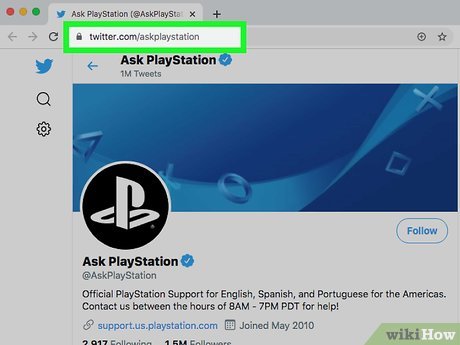3 Ways to Know if You Have Hydrocele

Introduction:
A hydrocele is a painless build-up of watery fluid around one or both testicles that causes the scrotum or groin area to swell. Although usually harmless, diagnosing and recognizing this condition in the initial stages can be beneficial for proper treatment and management. In this article, we will discuss three ways to know if you have a hydrocele.
1. Physical Examination:
A physical examination is the first step in determining if you have a hydrocele. The signs of a hydrocele include:
– Swelling in the scrotum: If you notice that one or both sides of your scrotum are swollen, it could be due to a hydrocele.
– Painless lump: A common characteristic of a hydrocele is that it typically does not cause any pain. The presence of a painless lump or swelling is indicative of this condition.
– Fluid-filled sensation: When gently pressed, the swollen area might feel soft and fluid-filled, unlike other forms of testicular lumps that are usually firm.
If you observe any of these signs during a self-examination, it is essential to consult with your doctor.
2. Transillumination Test:
A transillumination (or diaphanoscopy) test further confirms whether the swelling in your scrotum is due to a hydrocele. During this non-invasive procedure, the doctor will:
– Turn off the lights in the examination room.
– Hold a penlight or flashlight against the swollen scrotum.
– Observe if light passes through the swelling.
If light passes through and illuminates the affected area, it indicates that the swelling consists of clear fluid – characteristic of hydroceles.
3. Ultrasound Imaging:
An ultrasound scan is another method to detect and diagnose a hydrocele conclusively. This imaging technique utilizes high-frequency sound waves to produce images of your scrotum and its contents. It can help determine if the swelling is caused by fluids or solid masses, differentiating between hydroceles and other conditions such as testicular tumors and epididymal cysts.
Conclusion:
Identifying a hydrocele early on can simplify treatment and management of this otherwise painless and benign condition. Regular self-examination, coupled with professional medical consultations, can help you detect the presence of a hydrocele promptly. If you suspect that you might have a hydrocele, consult your healthcare provider for an appropriate diagnosis and treatment plan.

